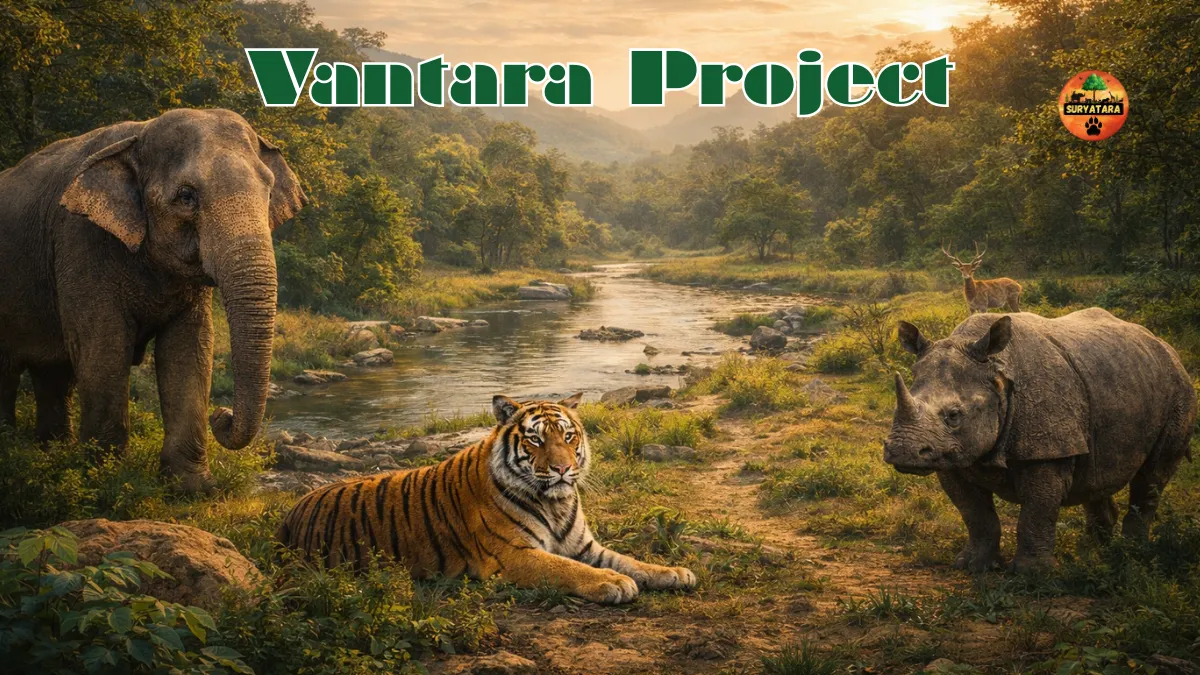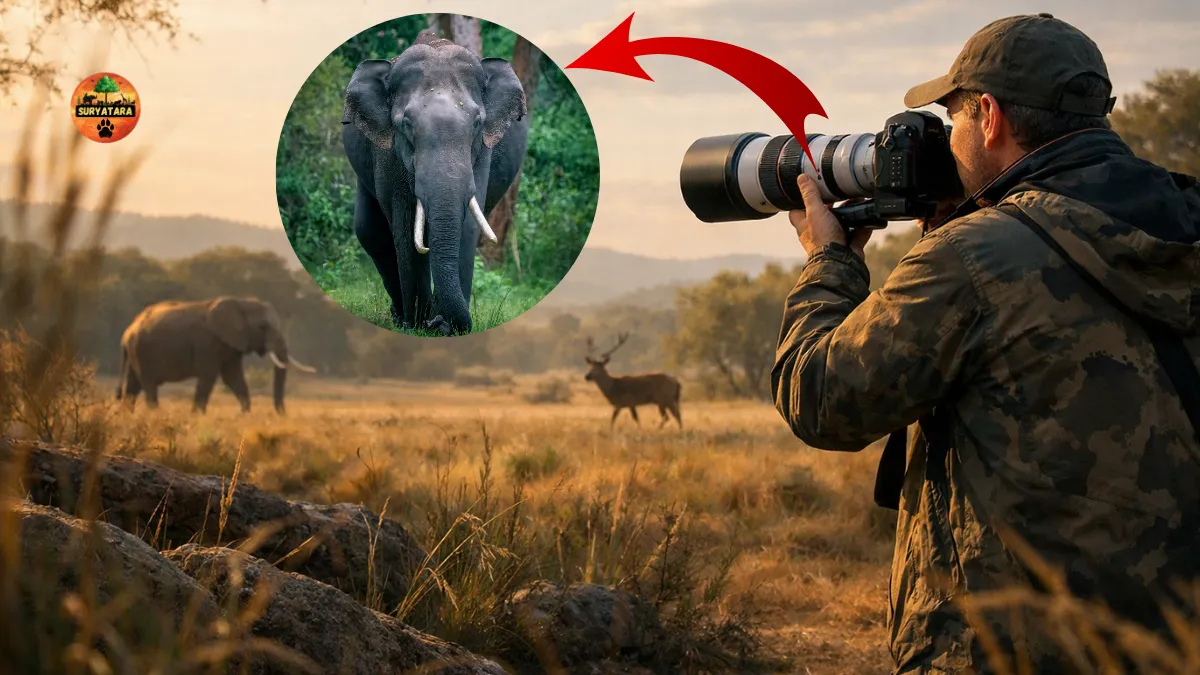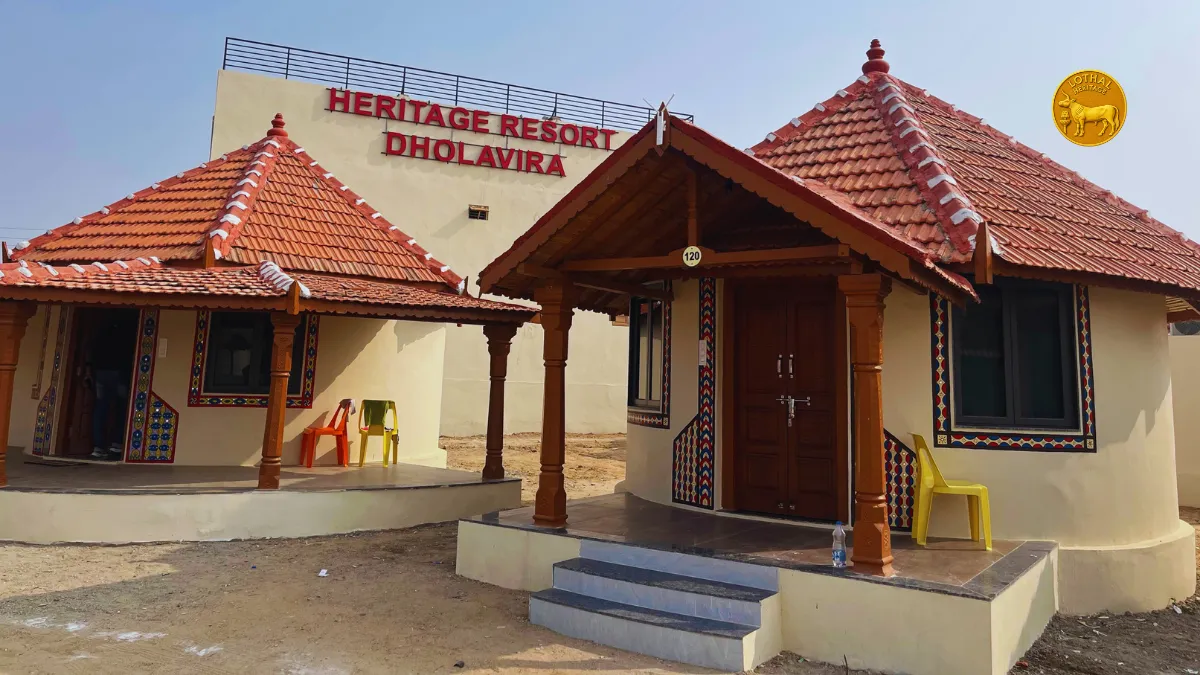Is Vantara India Open to Public? This is a question many people have been asking ever since the world heard about this massive and unique wildlife rescue and rehabilitation project in Jamnagar, Gujarat. Vantara has quickly become a topic of national and international interest because of its size, mission, and the rare animals it shelters. But despite the attention it’s getting, there is still a lot of confusion about whether visitors can actually go there.
In this detailed guide, we’ll answer that question, explain what Vantara really is, and give you a complete picture of why it exists, who can enter, and what its future plans might be.
What Exactly is Vantara?

Vantara, which means “Star of the Forest” in Sanskrit, is an ambitious animal welfare and conservation project. Spread across thousands of acres in Jamnagar, it is one of the largest facilities in the world for the rescue, rehabilitation, and care of animals. It was created with the vision to provide a safe, natural, and well-maintained environment for injured, abandoned, or endangered wildlife.
The centre is home to a wide variety of species—elephants, lions, tigers, leopards, exotic birds, reptiles, and more. Many of these animals have been rescued from poor living conditions in circuses, private captivity, or from the wild after suffering injury or neglect. The facility has state-of-the-art veterinary hospitals, natural enclosures, and trained staff to ensure animals receive the best care possible.
Is Vantara India Open to Public?
The straightforward answer is: No, Vantara is not currently open to the general public. While there have been videos and photos circulating online from certain visits, these are mostly from invited guests such as conservationists, influencers, journalists, or special dignitaries. Ordinary visitors cannot book tickets or freely enter the premises at this time.
Vantara’s main purpose is animal welfare—not tourism. Unlike a traditional zoo where animals are kept for public viewing, this facility prioritizes the health, safety, and rehabilitation of animals. Public entry could create unnecessary stress for the rescued wildlife, especially those still recovering from trauma.
Why Isn’t Vantara Open to Everyone?
There are several reasons why Vantara has chosen not to open its gates to the public right now:
- Focus on Rehabilitation: The animals here often come from situations of severe abuse or injury. A calm, quiet environment is essential for their recovery.
- Avoiding Commercialization: Many conservationists argue that when wildlife centres open for tourism, the focus can shift from animal care to profit-making. Vantara aims to stay purely dedicated to rescue and conservation.
- Controlled Human Interaction: Too many visitors can disturb the natural routines of animals. Limiting access ensures minimal stress and healthier living conditions for them.
- Ongoing Development: The facility is still expanding its infrastructure, veterinary services, and conservation programs. Public access may be considered only after all systems are fully ready.
Who Can Visit Vantara Right Now?
Although the general public cannot visit, Vantara has occasionally allowed entry to certain groups:
- Wildlife experts and veterinarians working on research or rescue missions
- Government officials and environmental authorities
- Select media teams creating awareness content about conservation
- Special guests or invitees for private tours
Even for these groups, visits are strictly controlled and guided by the centre’s staff to ensure the animals are not disturbed.
Future Possibility of Opening to Public
One of the most asked questions after “Is Vantara, India open to public?” is “Will it ever be open in the future?” The answer is—possibly, but with limitations.
There have been discussions about creating educational programs, guided tours, or limited entry passes for visitors in the coming years. If this happens, it will likely be on a small scale, focused on spreading awareness about wildlife conservation rather than creating a tourist hotspot.
These tours, if introduced, would probably:
- Be available only on certain days of the month
- Allow small groups instead of large crowds
- Follow strict rules like no loud noises, no touching the animals, and no feeding
- Be led by trained guides to ensure both animal safety and visitor learning
Why Vantara is Important for India’s Wildlife
Whether or not it opens to the public, Vantara is already making a difference in the world of animal care and conservation in India. Here’s why it matters:
- Rescuing Elephants: Many elephants in India are forced into harsh labour or kept in poor conditions. Vantara provides them with open spaces, medical care, and a peaceful environment.
- Big Cat Rehabilitation: Tigers, lions, and leopards rescued from illegal captivity or injured in the wild find a safe haven here.
- Bird and Reptile Care: From exotic parrots to endangered turtles, the centre shelters many species that cannot survive in the wild due to injury or habitat loss.
- Setting an Example: Vantara’s scale and quality of care set a benchmark for how wildlife should be treated in rescue facilities.
Also read: Vantara Jamnagar Ticket Price Guide – Complete Visitor Information for 2025
The Public’s Role in Supporting Vantara
Even if you can’t visit right now, there are ways to support its mission:
- Spread Awareness: Share information about ethical animal treatment and conservation.
- Support Wildlife Charities: Donate to trusted NGOs that collaborate on rescue and rehabilitation projects.
- Avoid Unethical Tourism: Do not support attractions that exploit animals for entertainment.
- Advocate for Conservation Laws: Support stronger laws against illegal wildlife trade and cruelty.
Also read: Best Cameras for Wildlife Photography in 2025
Conclusion
So, Is Vantara India Open to Public? No, not yet. And that’s actually a good thing for the animals it cares for. The facility is designed first and foremost as a place of healing and protection, not as a tourist destination. By keeping access limited, Vantara ensures that the rescued wildlife can live in peace, recover fully, and thrive in an environment that feels as close to their natural habitat as possible.
In the future, there may be opportunities for the public to visit in a controlled, educational manner. Until then, the best way to engage with Vantara’s mission is by learning about it, spreading awareness, and supporting ethical wildlife initiatives.
Vantara stands as a reminder that real conservation is about the animals—not the audience.
Disclaimer
The ticket prices mentioned in this article have been gathered from various online sources and are intended solely for informational and illustrative purposes.Suryatara.com does not confirm or verify these rates officially. Vantara has not yet announced any official entry fees, as the facility is currently not open to the general public. Readers are advised to refer to Vantara’s official platforms and announcements for accurate and up-to-date information.










